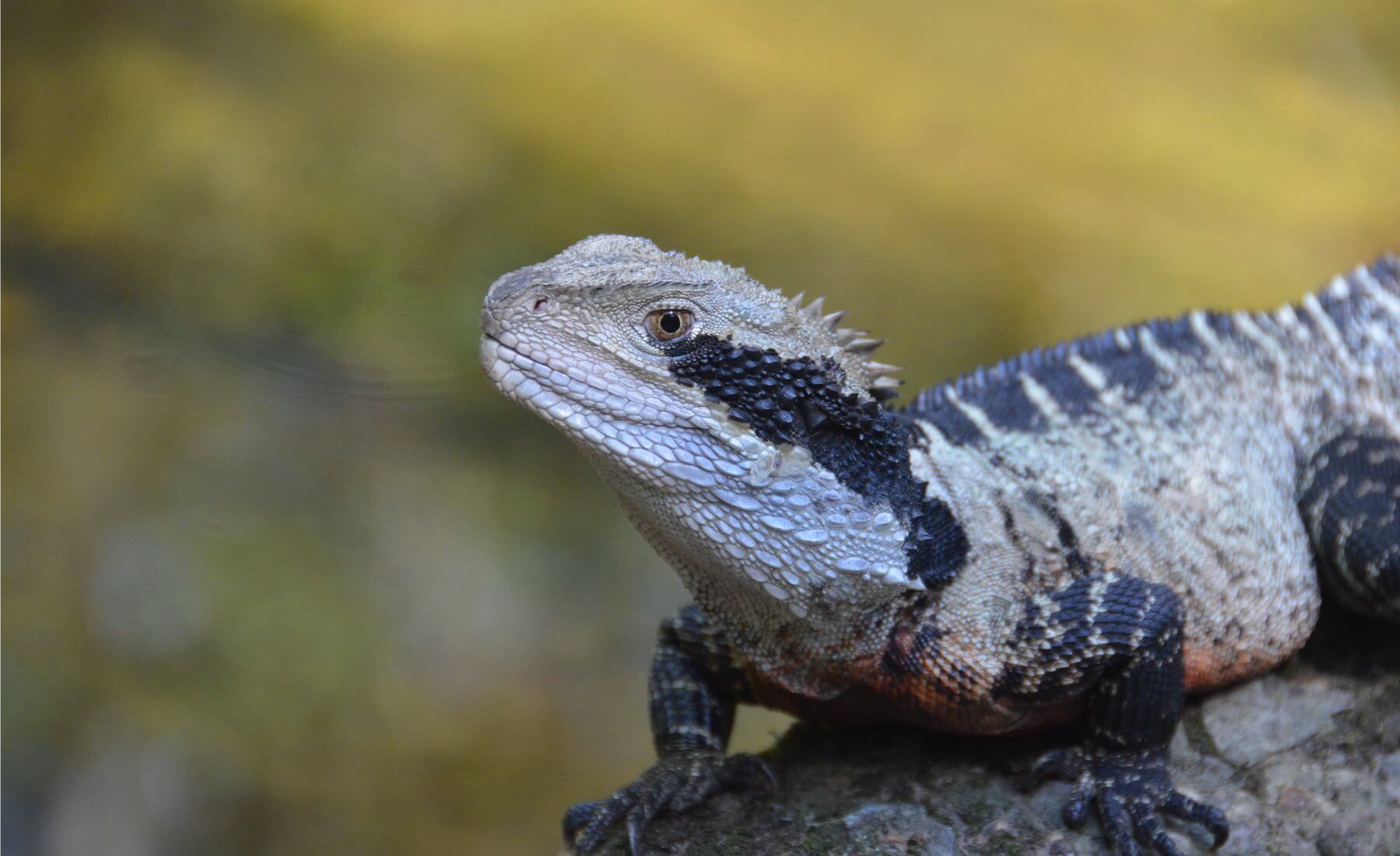
There’s really no need to. In spring, most species of reptile start courtship, mate and, for the egg layers, lay their eggs. (Not all reptiles lay eggs; some, like the Blue-tongued Lizard, give birth to live young). The most commonly seen egg layers in the back yard are the Bearded and Eastern Water Dragons. The females excavate an egg chamber in suitably moist soil, install the eggs and refill the hole. Two to three months later, the baby dragons hatch, push their way to the surface and head off.
Even though the eggs are only centimetres under the surface, they are perfectly safe from everything except predators and flooding. For the concerned backyarder who likes lizards and who fears that the eggs will be harmed, the physics of a narrow hole, a fat tyre and a brief passage above, all combine to make the eggs safe. The soil above the eggs would need to be operated on by a huge, noisy, vibrating compactor before the eggs were damaged.
Digging up the eggs has grave risks. Rolling the eggs around is known to cause the death of embryos, so it’s best all round to simply leave them where they are. They’ll be fine if they’re not dug up.


